Sorry in advance, electronics noob here!
I need to make a proof of concept to get some data out of third party system which handles both RS232 and TTL levels.
The computer/raspberry/arduino shall - I quote -
be capable of receiving data via RS-232 bipolar signal levels or TTL unipolar signal levels of 0 to +5VDC automatically. Transmission of data shall be via RS-232 bipolar signal levels.
It seems like it would make sense to use a MAX3232 to convert RS232 levels (-12V +12V) to TTL levels to be processed by a board with GPIOs.
From what I can understand from the datasheet of the MAX3232, there should not be any troubles if I get a TTL signal (0V +5V) instead of a RS232 signal (-12V +12V).
It even seems that I would get the right TTL signal at the output, do you confirm that ?

Otherwise, is there an easy way to switch to TTL levels if the input is already TTL (let's say they are at the same voltage) ?

